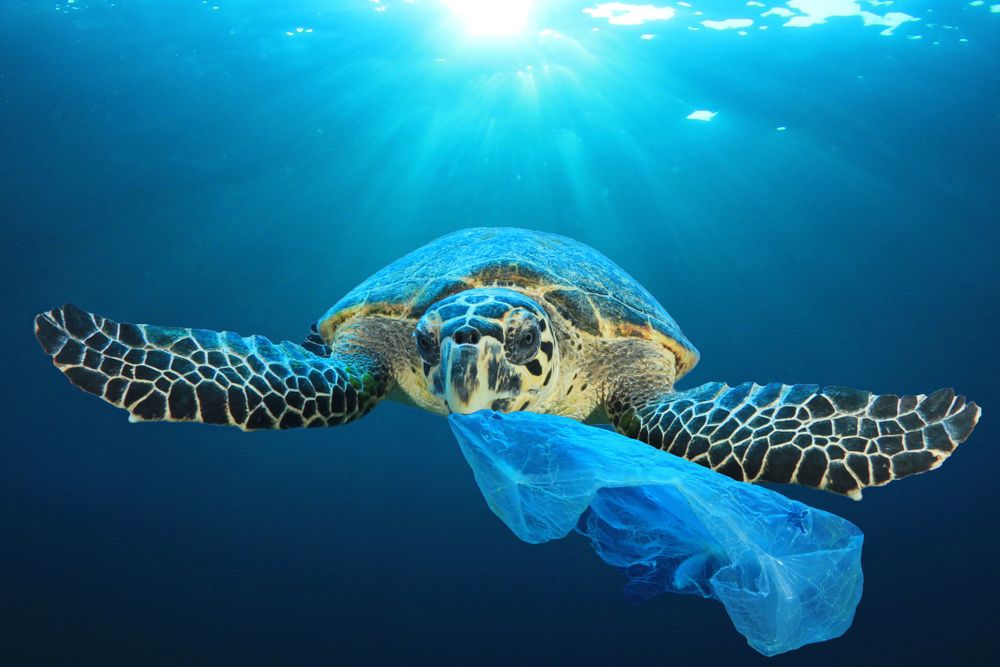No More Plastic in the Bathroom
Between 4 and 13 million tons of plastic packaging waste end up in the oceans every year, writes the WWF on its blog. It can no longer be fished out and the material is particularly durable. Plastic takes several hundred years to decompose…
But we don’t have that much time. The oceans are already among the dirtiest places in the world. Real plastic rubbish tsunamis made of bags, bottles, straws and toothbrushes flood the beaches. In every square kilometer of oceans there are already 46,000 pieces of plastic waste. Not all comes from cruise ships and container ships that illegally dump their rubbish into the sea. Or beach goers who leave their plastic waste lying around or throw it straight into the water. Much begins at home in our own four walls. Who thinks that environmental pollution starts in our washing machine? Synthetic fiber textiles lose around 2,000 tiny fibers with each wash cycle, which neither get caught in the machine’s sieve nor in sewage treatment plants. They get directly into the ocean. In addition, there are millions of microplastic particles from tire abrasion, plastic textiles or cosmetics such as peeling, toothpaste, shower gel and contact lens cleaners, which are transported onwards via rivers. And then there are the many plastic packaging that has to be disposed of. The prognoses are bleak. If we do nothing, there will be more plastic in the ocean than fish in 2050. By then, almost every sea bird could have what is often fatal “food” in its stomach.
Recycling isn’t everything
Not all plastic is recyclable – or is recycled. According to the ministry, around 45 percent of all plastic waste in Germany is “recycled”, i.e. not incinerated. Far too often, design takes precedence over the environment. Admittedly, the black colored detergent bottle, the foil-coated shampoo bottle already look pretty good. But that makes recycling difficult or even prevents it, because the machines cannot recognize and sort the material. Avoiding more and more plastic waste must therefore come first.
Find out the bad ones
Fortunately, we consumers are becoming more and more aware of the issue. If you want to be sure that you are buying plastic-free cosmetics, you have to use the products of a label for controlled natural cosmetics. Otherwise, the following applies: “Many care products contain plastic, either in particle form or in liquid form,” says Birgit Corall, owner of the two lines “cobicos” and “Living Nature“.… weiterlesen

CultureAndCream Author from Munich
To travel during my profession as a beauty journalist was never enough for my. Also my six month on a world trip didn’t do it. It always attracts me to other cities, foreign countries, on roadtrips and places I don’t know yet. But I am not only interested in “culture” and “cream”, I am also fascinated by people who have stories to tell . Such unique experiences I want to share with you.
